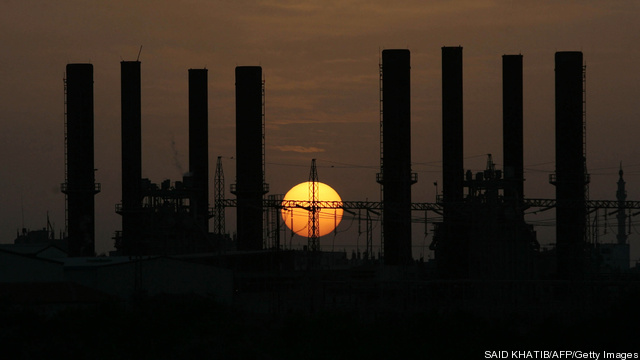
Utilities are using only one fifth of the data they collect and create in analysis that can create efficiencies and improve performance, GE says, and the industrial giant is turning up its information technology efforts to help those companies better see and optimize their surging data agglomeration.
The new Grid IQ Insight analytics platform that GE is launching at this week’s high-profile DistribuTECH conference is part of the larger company’s focus on the “industrial internet,” a wave of monitored and intelligent infrastructure that can wring $150 billion of unrealized efficiencies out of the economy, Grid IQ insight product line leader Giri Iyer told Breaking Energy in a recent interview. Keep reading →







